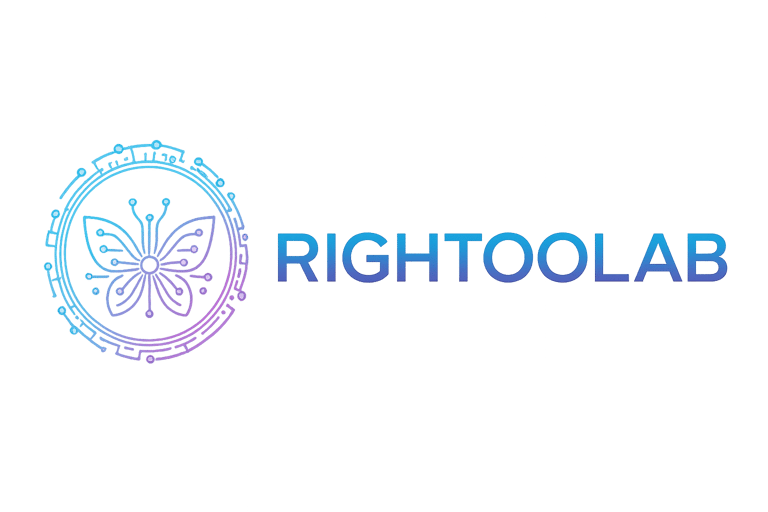Understanding Hedra: A Comprehensive Overview
9/28/20252 min read


Introduction to Hedra
Hedra is an innovative tool designed to enhance various aspects of productivity and collaboration in both personal and professional settings. As technology continues to evolve, tools like Hedra have emerged to streamline tasks, improve communication, and facilitate better project management. This blog post aims to provide a thorough overview of what Hedra is, its key features, and how it can benefit users.
Key Features of Hedra
One of the standout features of Hedra is its user-friendly interface that allows individuals to navigate through the various functionalities with ease. Users can create and manage tasks efficiently, assign deadlines, and track progress in real-time. Additionally, Hedra offers integration capabilities with other tools, which amplifies its usefulness. For example, connections with popular productivity apps not only save time but also enable seamless data transfer.
Another significant advantage of Hedra is its collaborative tools. It enables teams to work together harmoniously by allowing members to communicate directly through the platform, reducing the need for external communication channels. With features such as file sharing, comment sections, and discussion boards, team members can stay aligned and engaged on project goals.
Moreover, Hedra enhances productivity through its advanced analytics and reporting features. Users can gain insights into project timelines and individual performance, helping them identify areas for improvement and streamline workflows. By leveraging these analytics, teams can make informed decisions, which ultimately lead to enhanced efficiency.
How Hedra Benefits Users
For businesses seeking to optimize their operations, utilizing Hedra can lead to noticeable improvements. Enhanced communication fosters a more collaborative environment, encouraging creative problem-solving and innovation. Moreover, the ability to track progress in real-time ensures that projects remain on schedule and that team members are held accountable for their contributions.
Individuals can also maximize their personal productivity by utilizing Hedra’s task management features. By setting priorities and deadlines, users can focus on what matters most without the overwhelm of multitasking. This level of organization is essential in today’s fast-paced world, where distractions are abundant.
Conclusion
In summary, Hedra is an essential tool for anyone looking to enhance efficiency and productivity, whether on an individual or team level. Its intuitive design, robust features, and collaborative capabilities make it an invaluable asset in today’s dynamic work environment. By adopting Hedra, users can not only streamline their tasks but also foster a culture of communication and accountability within their teams. As professionals continue to seek effective solutions for their daily challenges, Hedra stands out as a comprehensive option worthy of consideration.
